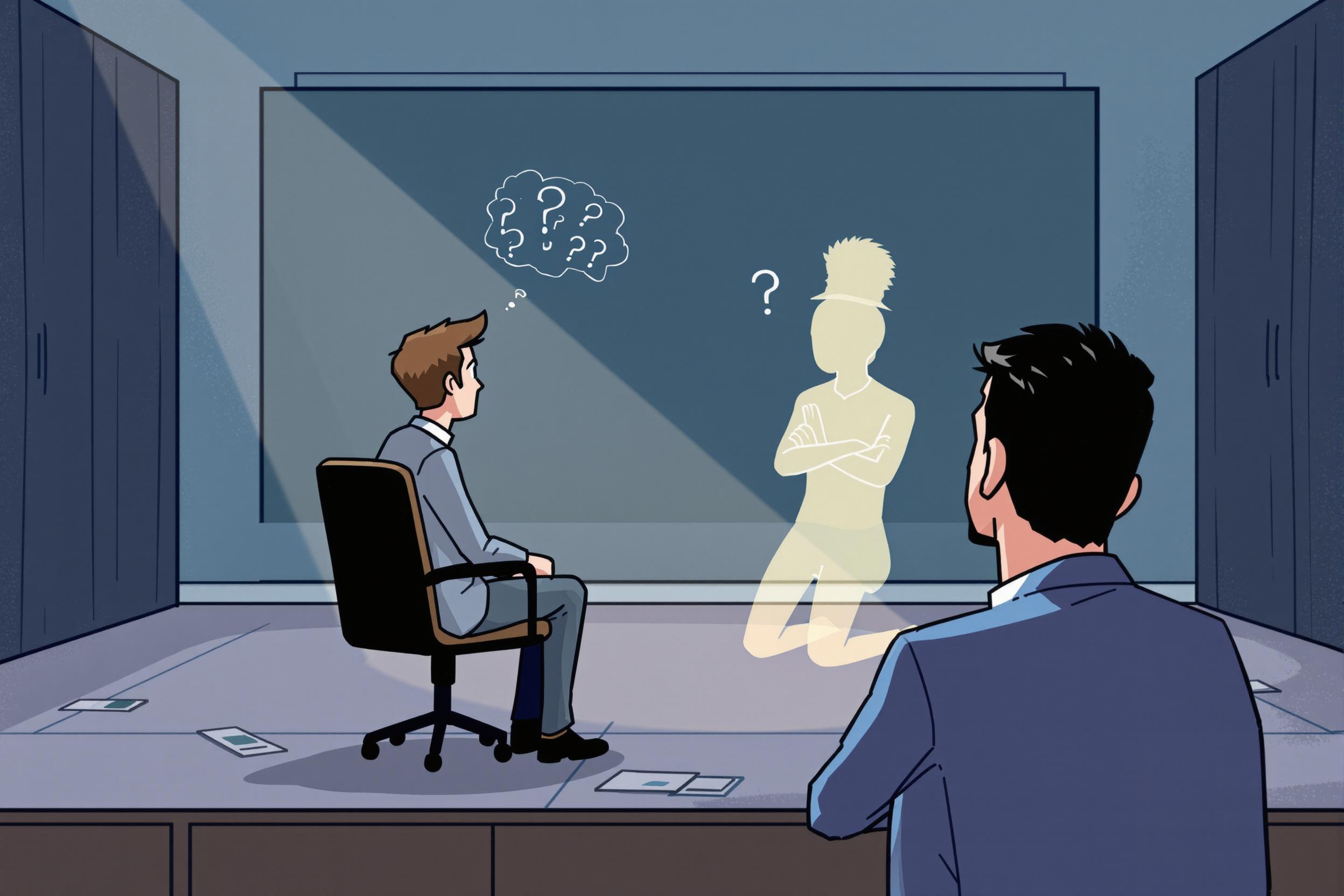
Backdrop
A backdrop is a large painted or decorated surface used as a background in theater productions, events, film sets, and photography. It's like a giant canvas that creates the setting or environment for a performance or shoot. Scenic artists create these backgrounds using various painting techniques and materials to make spaces look like anything from forests to cityscapes. When you see this term in a resume, it usually refers to the person's experience in creating, painting, or managing these large-scale theatrical backgrounds. Related terms might include "scenic backdrop" or "stage background."
Examples in Resumes
Created and painted Backdrop for major regional theater's production of The Nutcracker
Supervised team of artists in designing and executing 20-foot Backdrop for national touring production
Restored vintage Backdrop collection for historic theater
Developed innovative painting techniques for translucent Backdrop designs
Typical job title: "Scenic Artists"
Also try searching for:
Where to Find Scenic Artists
Professional Organizations
Online Communities
Job Resources
Example Interview Questions
Senior Level Questions
Q: How do you manage a large-scale backdrop project with a team?
Expected Answer: Should discuss project planning, delegation, quality control, timeline management, and techniques for maintaining consistency across multiple painters.
Q: What considerations do you take into account when creating backdrops for different venue sizes?
Expected Answer: Should explain how viewing distance, lighting, venue size, and storage/transportation affect design choices and painting techniques.
Mid Level Questions
Q: What methods do you use to ensure durability of painted backdrops?
Expected Answer: Should describe proper preparation techniques, paint selection, sealing methods, and maintenance practices for long-lasting backdrops.
Q: How do you handle quick scene changes involving multiple backdrops?
Expected Answer: Should explain rigging systems, proper labeling, organization methods, and coordination with stage crew.
Junior Level Questions
Q: What basic materials do you use for backdrop painting?
Expected Answer: Should be able to list common materials like flame-retardant muslin, different types of paint, basic tools, and explain their uses.
Q: How do you transfer a small design to a large-scale backdrop?
Expected Answer: Should explain basic scaling techniques, grid method, projections, and sketching approaches for enlarging designs.
Experience Level Indicators
Junior (0-2 years)
- Basic painting techniques
- Color mixing
- Safety procedures
- Following design specifications
Mid (2-5 years)
- Advanced painting techniques
- Project coordination
- Material cost estimation
- Problem-solving during production
Senior (5+ years)
- Team management
- Complex design execution
- Budget management
- Production planning
Red Flags to Watch For
- No knowledge of fire safety regulations for theatrical materials
- Lack of experience with large-scale painting
- No understanding of basic color theory
- Unable to work within production deadlines
- No experience with proper material handling and storage
Related Terms
Need more hiring wisdom? Check these out...

From Farewells to Future Allies: Transforming Exit Interviews into Lifelong Connections

Beyond Borders: Mastering the Art of a Global Onboarding Calendar

Ghosted Again? How to Stop Candidates from Disappearing and Start Engaging Them Better

